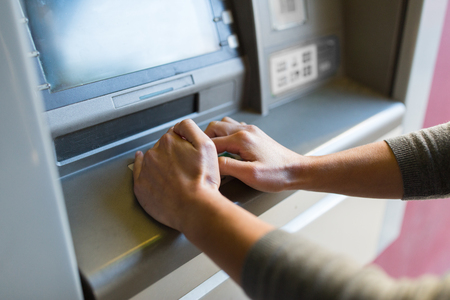When creating strategies and tactical responses to ATM and Self-Service Terminal fraud and security threats the importance of the role that consumers can play should not be underestimated. Consumers far out-number employees, law enforcement and other interested parties within the industry. Further, they are often more than familiar with specific terminals and their locations.Like most successful initiatives, one which is win-win for all parties (except the perpetrators of crime) is almost certainly going to gain favour and thus be accepted and acted upon. Consumer education, when designed, structured, and implemented well is an immensely important component of ATM and Self-Service terminal fraud prevention.
A consumer education initiative needs to consider not only the key messages to be presented but also the most effective way of delivering the messages. A campaign that works well in one country may be much less effective in another due to local cultural differences. Thought must be given to how the objectives will be achieved in different operating environments.Objectives include educating consumers to help themselves avoid becoming victims of crime while not exaggerating and fuelling the perception that ATM and Self-Service crime is worse than it actually is.
Causing unnecessary fear, leading to mistrust, of what is an important and convenient service channel, benefits neither the consumer nor the industry. Making it clear what steps are being taken to protect consumers and emphasizing that they will be helped if ever anything does go wrong will strengthen trust. Consumer education campaigns should be approached in much the same way as other marketing campaigns. In addition to printed material, full use should be made of the ATM and Self-Service terminal environment itself and in particular the graphics capabilities that most terminals have today. Displaying a high quality image of someone’s hand covering a keyboard as the PIN is entered is but one example of the effective use of pictures and graphics.Some points and messages which may be considered include:
1) Safety first. Use terminals in well-lit and safe locations for the time of day. If suspicious persons are around the location move to an alternative location.
2) Be observant. If something about the ATM does not seem or ‘feel’ right then abort the transaction and move away. Do not remove any suspicious devices from the ATM as it may be under surveillance by the criminals.
3) Card is cash. Consider the card to be representative of all the cash you have secured in the banks vault. Don’t leave your card somewhere that you would not be happy leaving all your cash.
4) PIN is your key. Treat your PIN like you would the keys to your private drawer that contains your personal diary. Don’t allow anyone to see it or know it, not a family member, not a bank employee nor any other person.
5) Shield your PIN. When entering your PIN, use your free hand, wallet or purse to shield your keying.Again, similar to other marketing campaigns the messaging and mode of delivery should be updated over time and refreshed to emphasize specific points in response to new and developing threats. Encouraging consumers to not only protect themselves by following some simple guidelines, but perhaps incentivizing them to notify the authorities about suspicious activity or devices are some of the many possibilities. A small reward or formal recognition for reporting concerns that are subsequently proven to be related to a criminal act builds goodwill between all parties. The Safety first message however must never be compromised.
The above article was written by Douglas Russell, DFR Risk Management Ltd.


Get Social